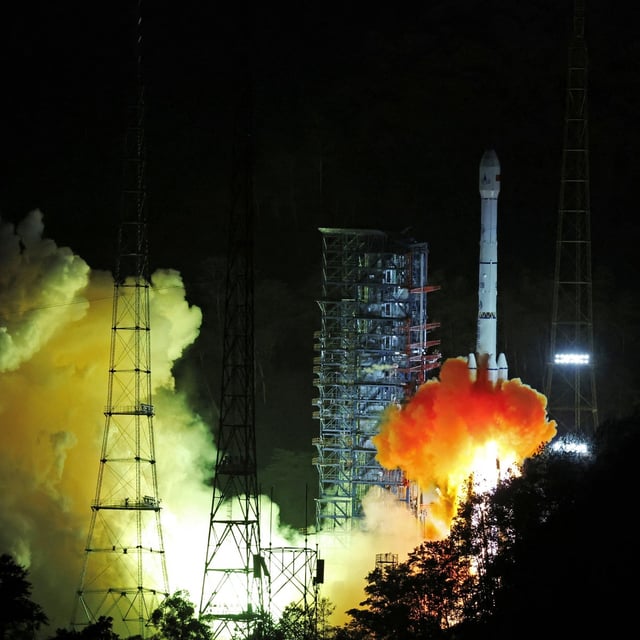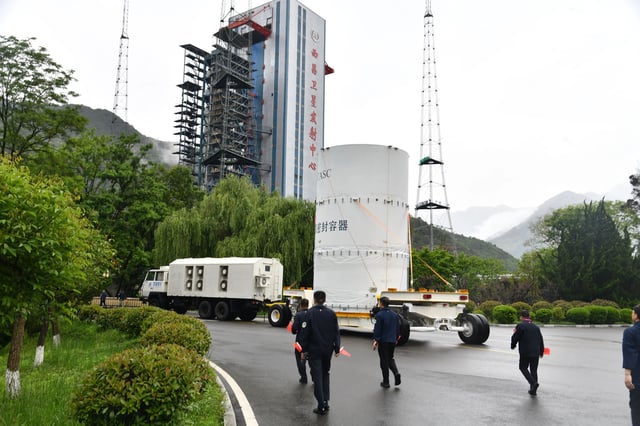Overview
- Tianwen-2 lifted off on May 28 from the Xichang Satellite Launch Center aboard a Long March 3B rocket, entering a transfer orbit toward asteroid 469219 Kamoʻoalewa.
- The spacecraft is set to rendezvous with the 40–100 m quasi-satellite in mid-2026 and deploy hover, touch-and-go and anchored drilling techniques to collect surface material.
- A reentry capsule will return the pristine asteroid rocks to Earth in late 2027, making China the third country after Japan and the United States to retrieve asteroid samples.
- Following sample delivery, Tianwen-2 will use an Earth gravity assist to chart a course for main-belt comet 311P/PANSTARRS, targeting arrival around 2035 for remote study of its dust activity.
- Equipped with 11 scientific instruments—including spectrometers, high-resolution cameras, radar and particle detectors—the mission aims to illuminate asteroid origins and the early solar system’s evolution.



